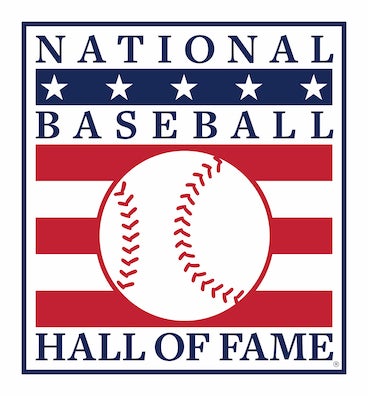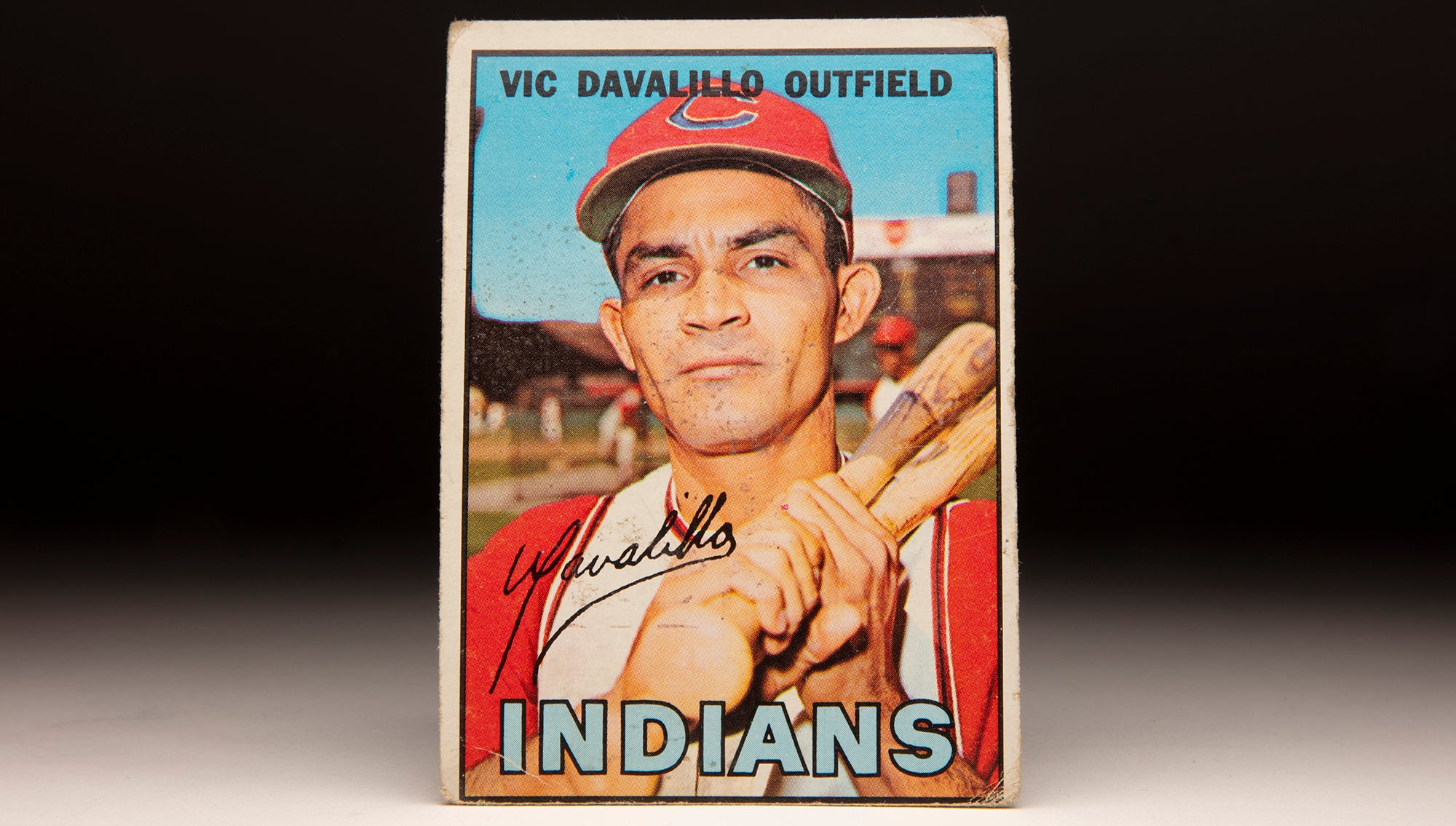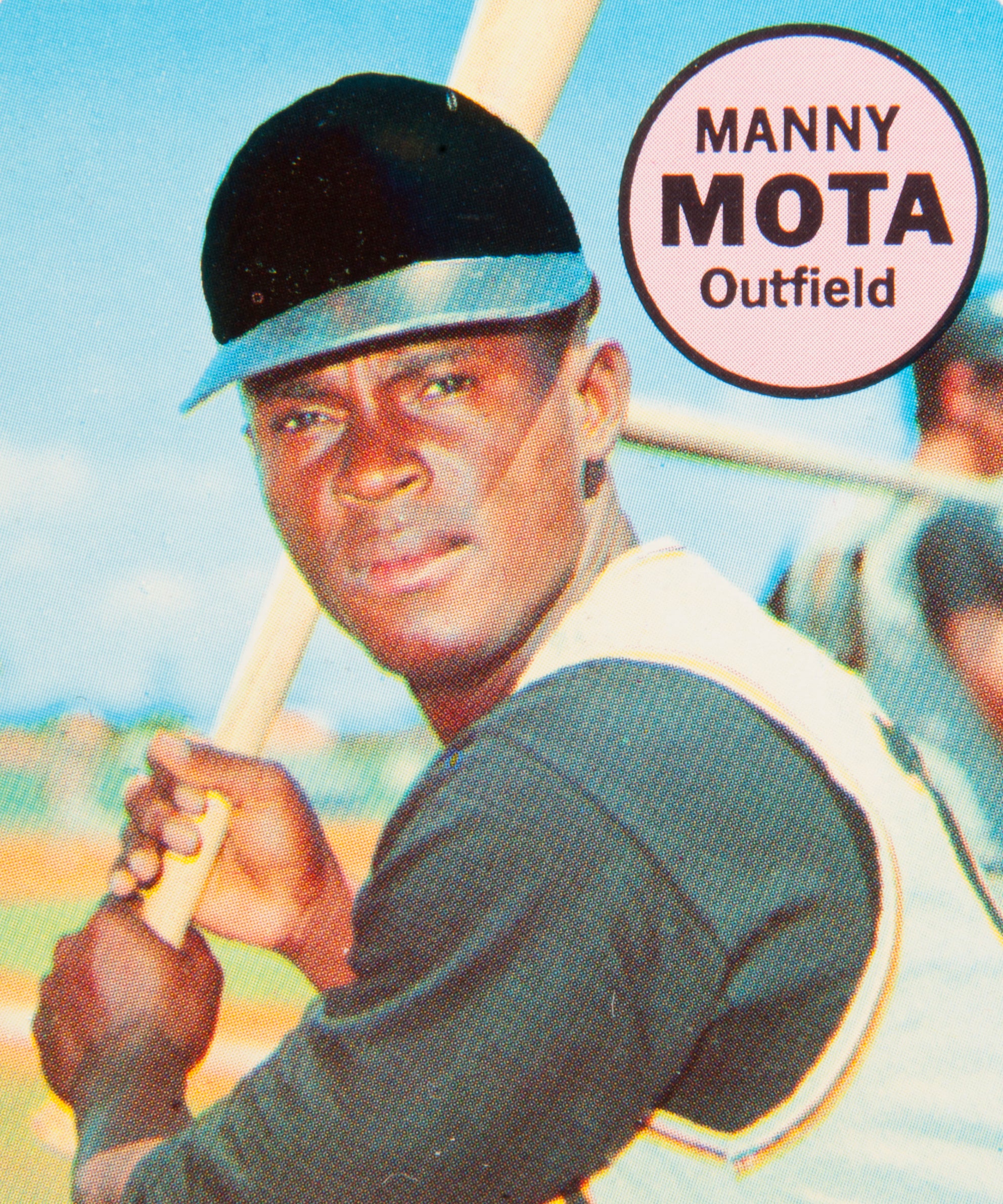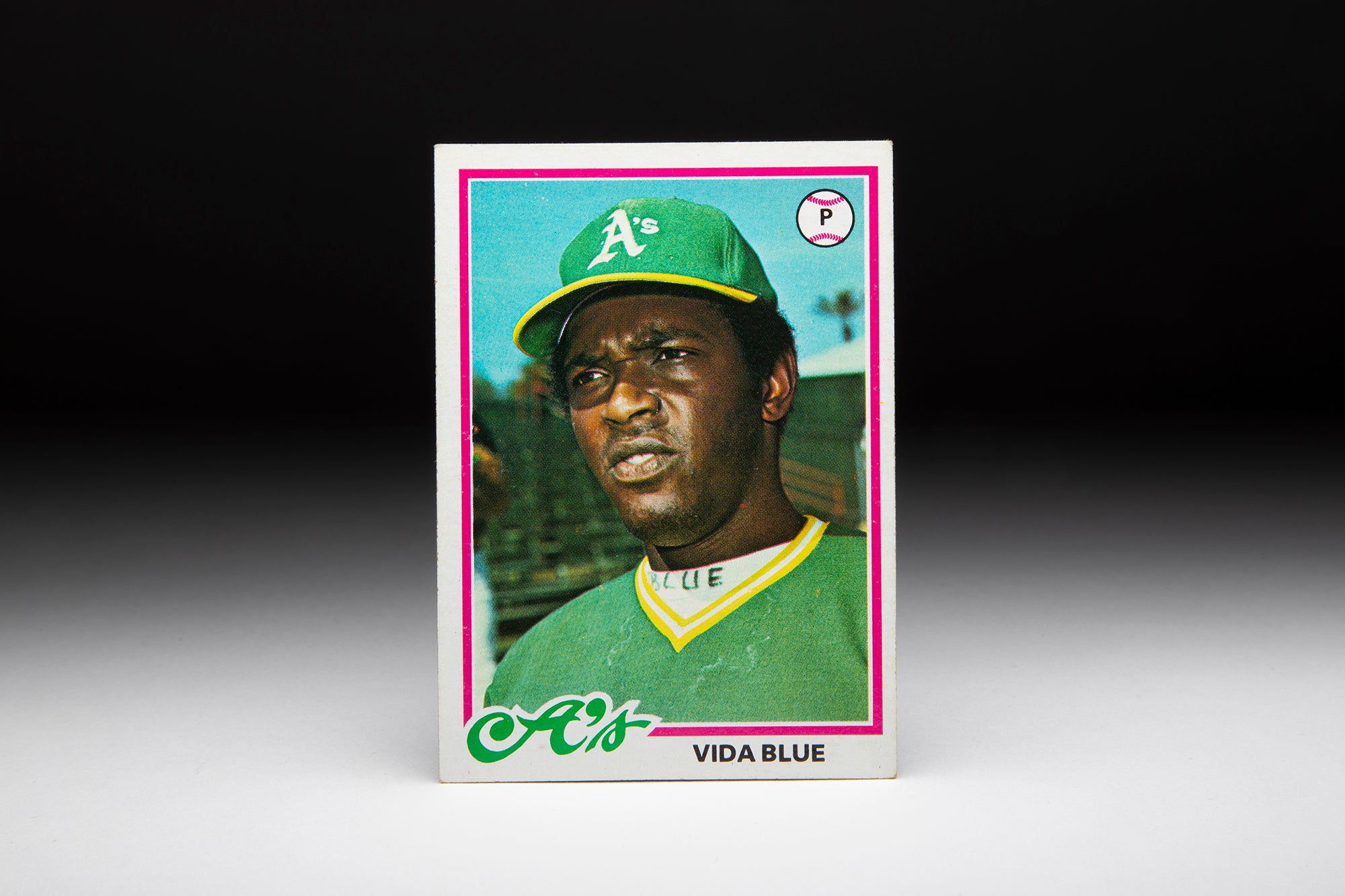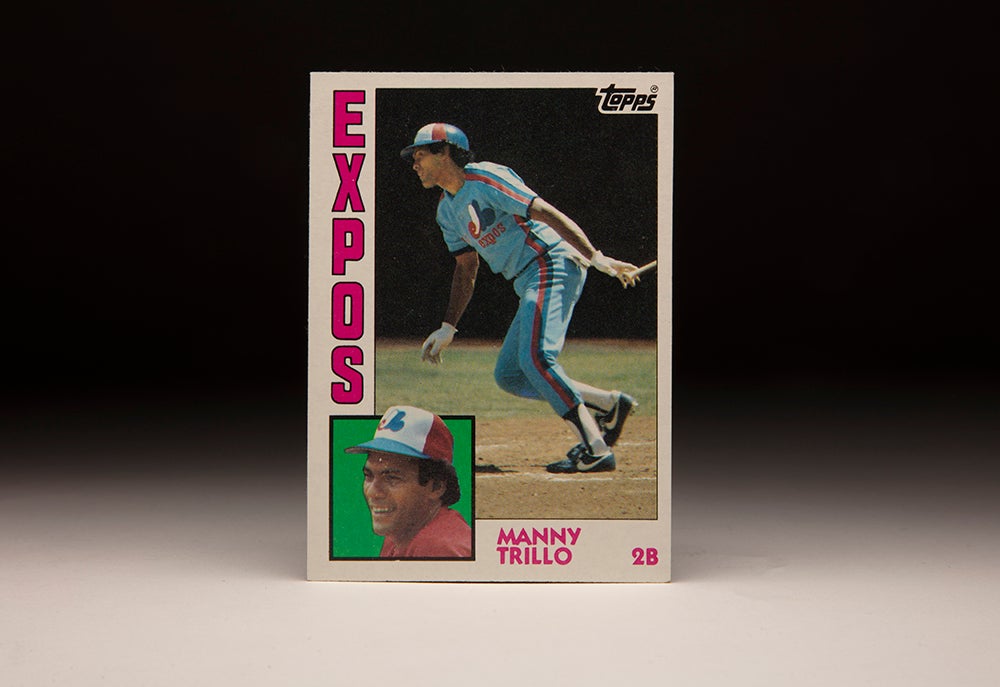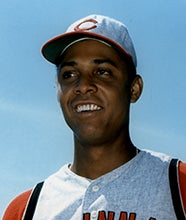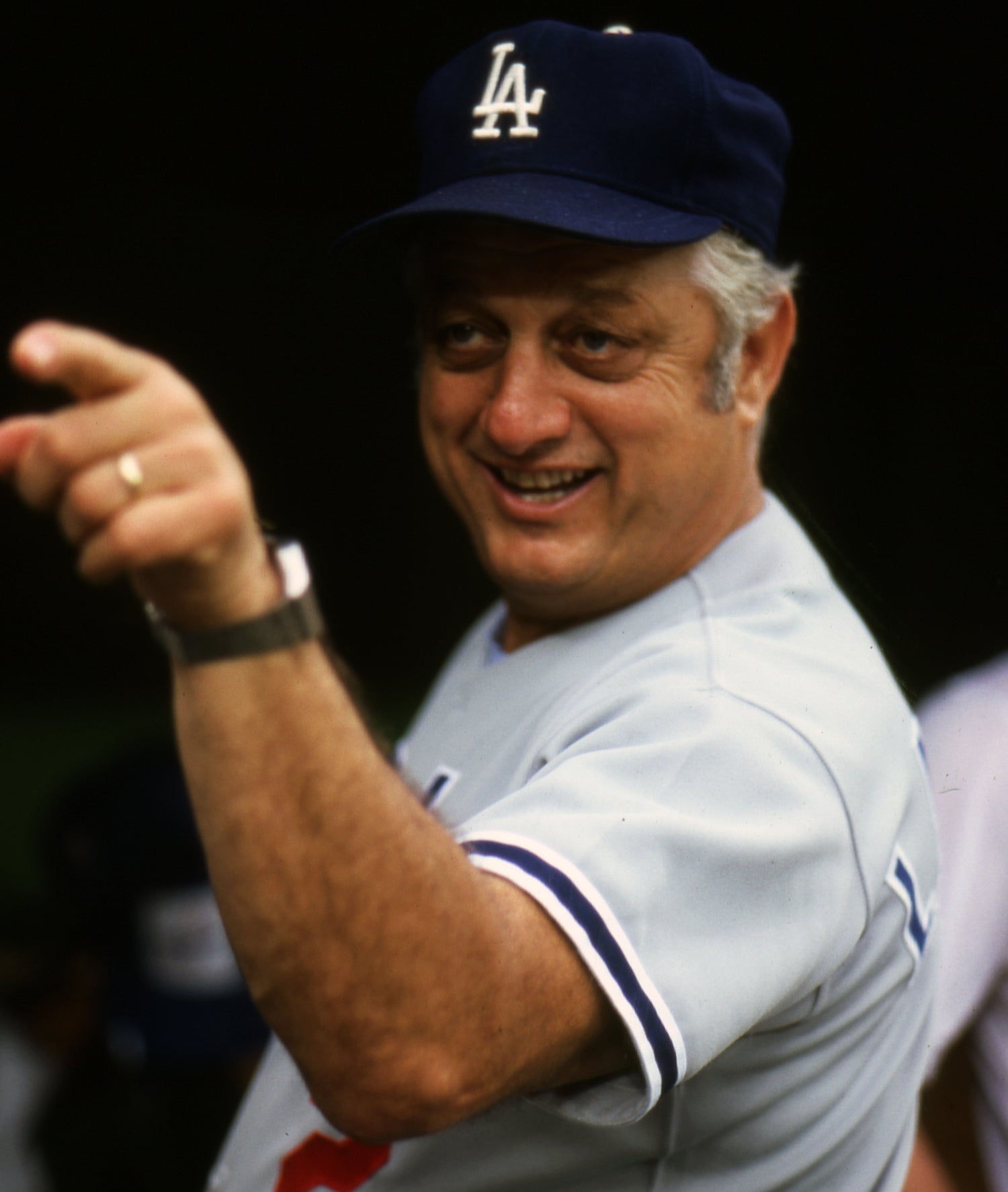- Home
- Our Stories
- #CardCorner: 1978 Topps José Morales
#CardCorner: 1978 Topps José Morales
One of just 15 MLB players born in the U.S. Virgin Islands, José Morales found himself on an even more exclusive list at the end of his 12-year big league career.
At the time of his retirement, only two players had accumulated more pinch-hits than the catcher/first baseman whose real position was simply “batter” – a testament to his ability to hit in almost any situation, even if it was only one at-bat per game.
“No one’s got pressure like I got,” Morales told the Ottawa Citizen in 1977 while playing with the Expos. “All the others – Tony Pérez, Dave Cash – they got another chance. Me, I got but one.”

Born Dec. 30, 1944, in Frederiksted, Morales played baseball and soccer growing up. His father, Stanley Latimer, was married multiple times and Morales – known for a time as José Latimer – estimated he had at least 15 siblings. His father left when Morales was young, and Morales helped his mother support the family by shining shoes and selling souvenirs to tourists.
Given an old left-handed first baseman’s mitt by a friend, the right-handed Morales turned it inside out and quickly fell in love with baseball. But his mother believed there was no future in baseball and one day tossed the glove into a nearby fire.
“I pulled it out of the fire and beat it out,” Morales told the Citizen. “I tried to fix it up with a piece of shoe leather but it was never the same.
“I had no natural ability as a youngster. (But) I was strong. I was ambitious. And I loved to hit.”
Morales eventually found a place on a team with his brother Ivan and was soon spotted by Pedrín Zorrilla, who once owned the Santurce Cangrejeros in nearby Puerto Rico and was a scout for the San Francisco Giants. On Sept. 13, 1963, Morales signed a pro contract with San Francisco for a $1,000 bonus and $400 per month in salary.
“I thought baseball was just playing,” Morales told the Citizen. “I didn’t know it could be a career for me as well.”
Morales told the Giants he was a catcher but quickly developed injuries due to his lack of experience at the position, including a severely bruised left hand.
“I was never meant to be a catcher,” Morales said. “Nobody ever taught me how.”
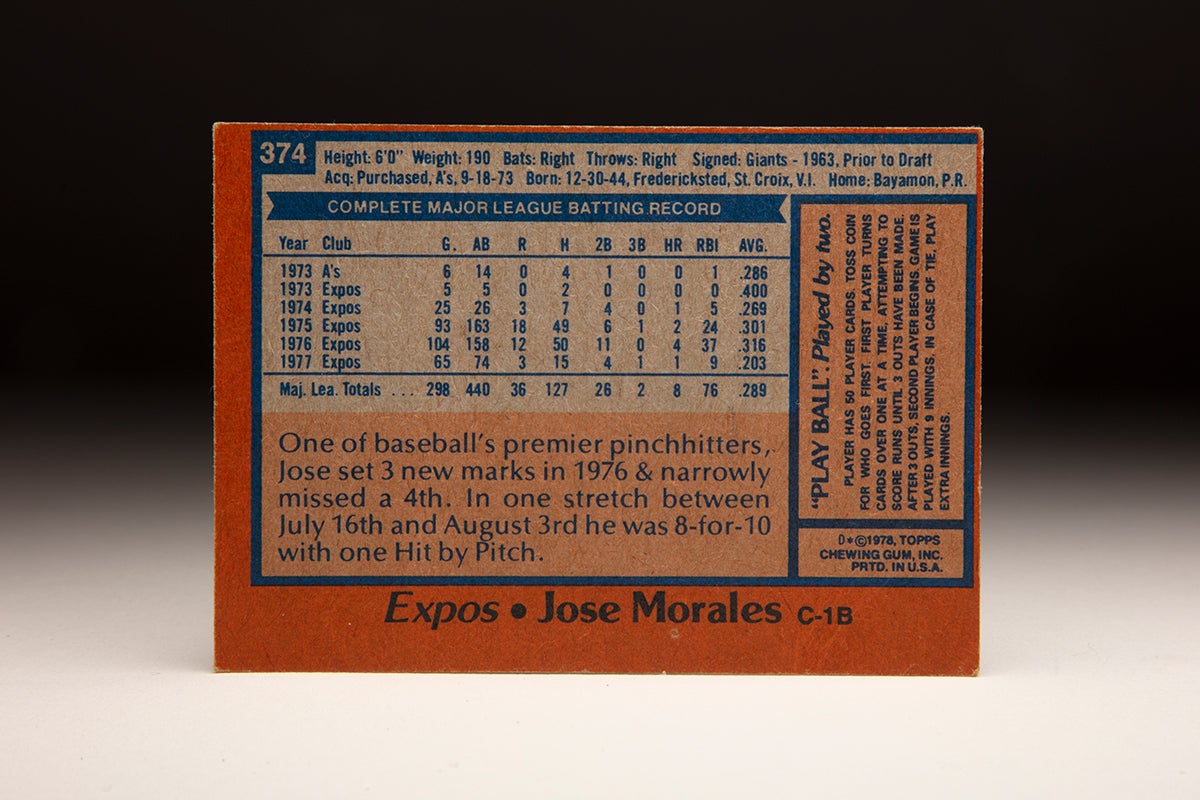
But for his five seasons in the Giants’ system, Morales played in only two games at any position other than catcher. In 1964, Morales was assigned to Lexington of the Western Carolinas League, where he hit .241 in 10 games. He hit .284 in 95 games with Class A Fresno in 1965 before advancing to Double-A Waterbury in 1966, where he hit .251 with a team-leading seven home runs.
He returned to Waterbury in 1967, batting .248 in 94 contests. Then in 1968, the Giants moved their Double-A team to Amarillo, Texas, and Morales hit .287 in 105 games in the Texas League.
On Dec. 2, 1968, Morales was selected by the Athletics in the minor league draft. It was the break he was looking for – but he still was facing four more full years in the minor leagues before his big league opportunity. Three of those years – 1969-71 – were spent with Oakland’s Triple-A team in Iowa, where he played with future members of the Athletics’ dynasty like Vida Blue, George Hendrick, Joe Rudi and Gene Tenace.
In 1972, the A’s loaned Morales to the Mets’ Triple-A team, and Morales hit .293 for Tidewater while earning a berth in the International League All-Star Game. He returned to the Oakland family of teams in 1973 and was hitting well over .300 with Triple-A Tucson when the A’s called him up to the big leagues in August.
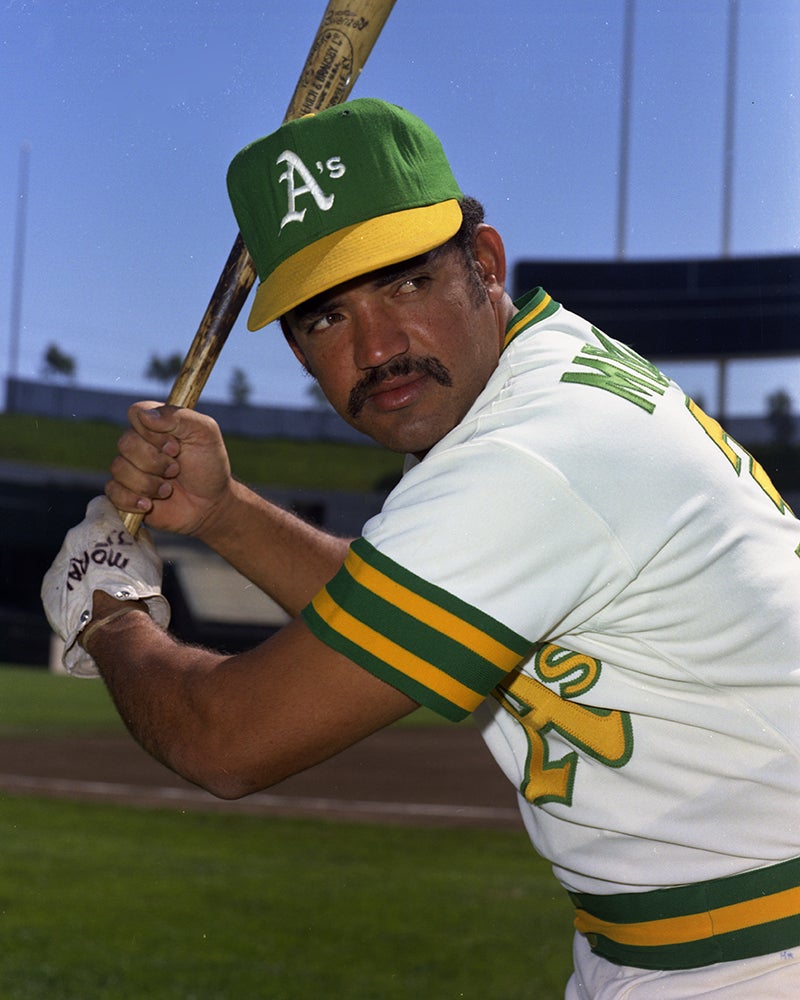
Debuting on Aug. 13 as Oakland’s designated hitter, Morales went 1-for-4 off Boston’s Luis Tiant, recording a ninth-inning double for his first big league hit. He played in five more games for Oakland, recording his first pinch-hit on Sept. 2 against Kansas City’s Joe Hoerner while batting for Ted Kubiak.
The A’s, however, were in the midst of roster upheaval as owner Charlie Finley filled the clubhouse with veterans for the stretch run. And on Sept. 18 – one night after Morales went 2-for-6 as Oakland’s DH – Finley sold Morales’ contract to the Montreal Expos. The move was made to create roster space for Allan Lewis, a pinch-running specialist.
Two days later, Oakland center fielder Bill North tore ankle ligaments after landing awkwardly on first base. The injury depleted Oakland’s depth chart, and because Morales’ contract was sold after the Sept. 1 playoff roster deadline, Finley had to ask for special permission to put another player on the active roster – in this case, Manny Trillo.
The Orioles allowed this switch for the American League Championship Series but the Mets balked at the same request for the World Series. This led to a famous incident in the Fall Classic where Finley tried to put second baseman Mike Andrews on the disabled list – and activate Trillo – after Andrews committed two errors in a Game 2 loss. Commissioner Bowie Kuhn vetoed the move and Finley made headlines across the country by openly criticizing the decision.
Meanwhile, Morales – who likely would have earned a World Series ring had he remained in Oakland – went 2-for-5 in five games as a pinch-hitter for the Expos in the season’s final two weeks.
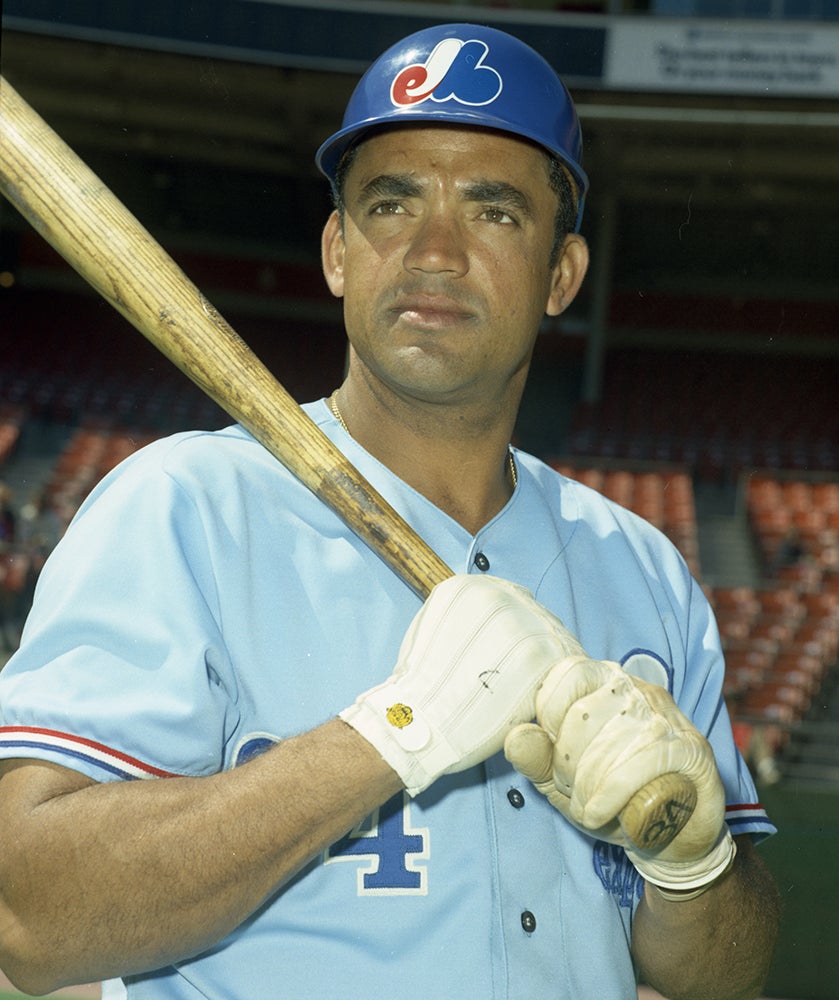
Morales began the 1974 season with the Expos’ Triple-A team in Memphis and hit .278 in 66 games with the Blues before being called up to the big leagues in early July when infielder Jim Cox was injured. Morales pinch-hit in the first game of a doubleheader against the Dodgers on July 7 and then had two doubles in the nightcap as Montreal’s catcher. He was also charged with a passed ball and an error while the Expos’ pitchers were charged with two wild pitches.
Morales played in 23 more games that year – all but one as a pinch-hitter. He totaled five pinch-hits and batted .269 overall in 25 games. Then in 1975, Morales spent the whole season with Montreal, batting .301 in 93 games and collecting an NL-leading 15 pinch-hits, breaking the former Expos record of 14 held by Jim Fairey.
“I might get hot over the rest of the season and break the major league record,” Morales told the Montreal Gazette after recording his 13th pinch-hit on Aug. 18.
In fact, Morales did not record any pinch-hits in September as Expos’ manager Gene Mauch often deployed him at first base and catcher to get his bat into the everyday lineup.
But in 1976, Morales fulfilled his prediction from the year before, setting a new big league record with 25 pinch-hits. With his 25th pinch hit of the season (a double) on Sept. 16, 1976, Morales broke the record set by Dave Philley of the Orioles in 1961. He also set a new NL mark that season for pinch-hitting appearances, breaking Vic Davalillo’s record of 73 set in 1970.
An announced crowd of 2,877 at Jarry Park witnessed history.
“I was so excited,” Morales told the Ottawa Citizen. “I started waving wildly to the right field bleachers before I realized there was nobody there. I tried to switch the wave over toward left field – but there was hardly anyone there, either.”
Morales’ record stood for almost 20 years before John Vander Wal tallied 28 pinch-hits for the Rockies in 1995.
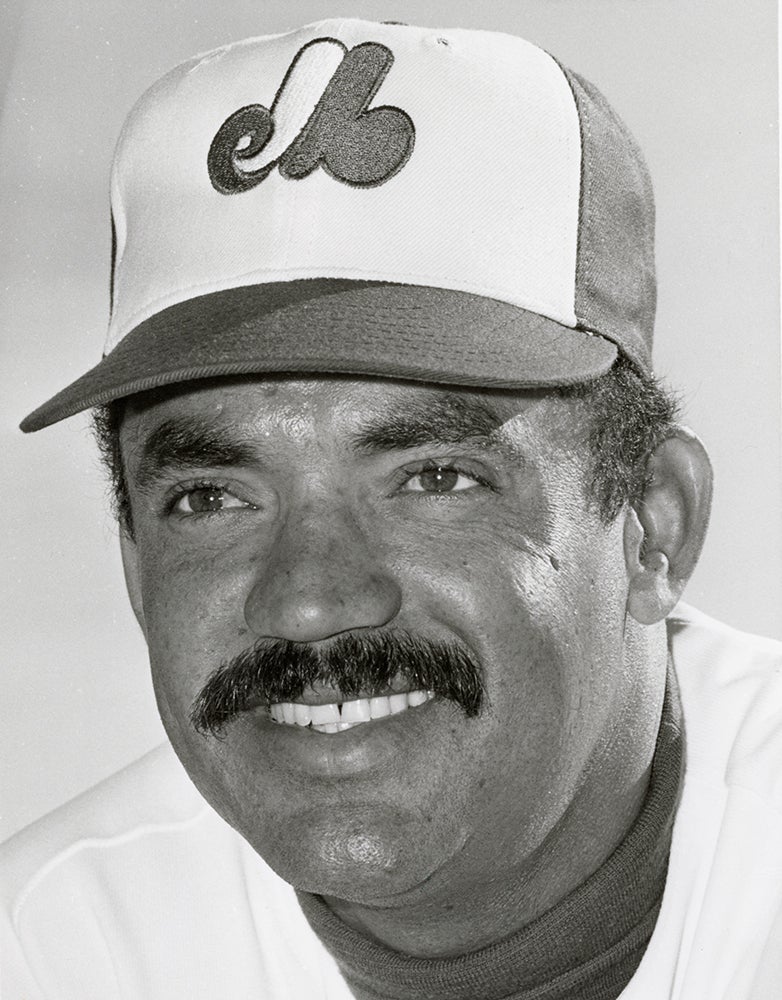
Now a household name in the baseball world, Morales became famous for using a 36-ounce, 36-inch Louisville Slugger made especially for him.
“I told (Louisville Slugger): ‘Look, man, you give me the good wood, I’ll put your name in history,’” Morales told the Citizen.
Morales’ bat became his constant companion, accompanying him home to his Montreal apartment.
“I make sure I get in as many swings as I can,” Morales said.
Morales was one of the few bright spots for Montreal in 1976, hitting .316 over 104 games for an Expos club that lost 107 times, which cost manager Karl Kuehl his job. Dick Williams took over in 1977 and openly rooted for Morales not to break his own record.
“I honestly hope he doesn’t get a chance at the record this year,” Williams told the Citizen in 1977. “I hope he doesn’t get to bat too much. If he does, it means we’re in trouble.”
Morales was nearly traded to the Dodgers in Spring Training of 1977 but remained in Montreal, appearing in 65 games while batting .203. He notched 10 pinch-hits as Williams deployed him far less than Kuehl, mostly using Morales to hit for his pitchers. He appeared only 15 games in the field all season.
“I feel like a stranger out there,” Morales told the Citizen about playing defense in 1977.
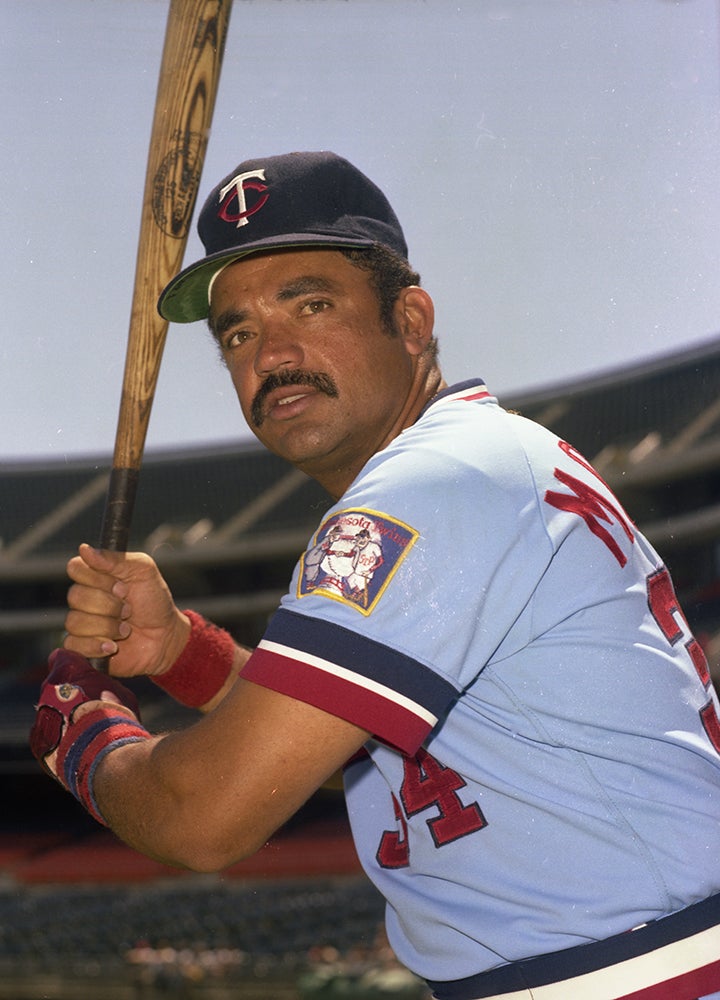
On March 29, 1978, the Expos sold Morales’ contract to the Minnesota Twins. The deal was made in the middle of an Expos vs. Twins exhibition game in Orlando, Fla.
“Morales is not only a great hitter,” Mauch, who was now managing the Twins, told the Minneapolis Star Tribune, “but he is just as great a person who will really fit in our ballclub.”
Morales was thrilled to be reunited with Mauch.
“There’s no manager I would rather play for than Mauch,” Morales told the Star Tribune. “I know I didn’t have a very good chance to stay with (the Expos). I was hopeful that the Twins would pick me up as a designated hitter.”
Mauch platooned Glenn Adams and Craig Kusick at DH early in the season, using Morales mostly as a pinch-hitter until June. From there, Morales got regular starts in the lineup and finished the season with a .314 batting average in 101 games. He led the AL with 14 pinch-hits.
Morales hit .267 in 92 games in 1979 then batted .303 with a career-best 36 runs scored in 1980, leading the league with 13 pinch-hits. Now a free agent with six years of service time, Morales – who was then eighth on the all-time pinch-hits list with 94 – signed a three-year deal with the Orioles that was reportedly worth just shy of $1 million.
In three years with the Twins, Morales appeared in only nine games in the field.
“We’re happy to have José with the Orioles,” Baltimore general manager Hank Peters told the Baltimore Sun. “There’s no question about his hitting ability.”
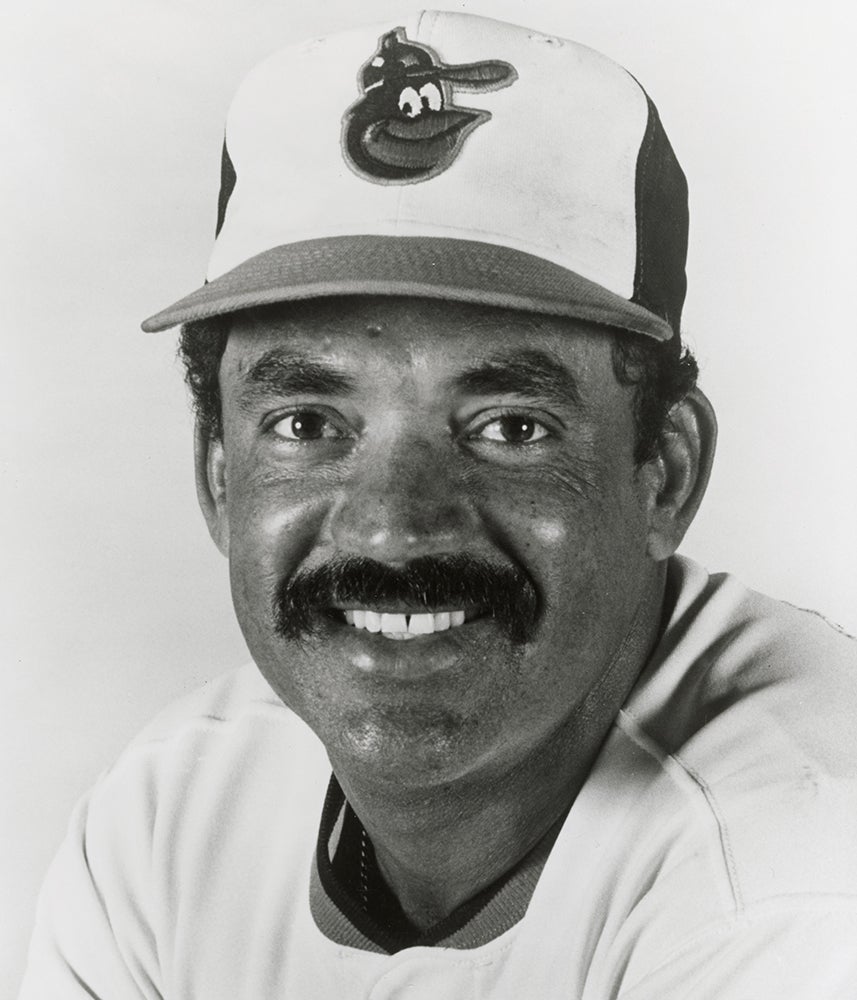
Morales appeared in 38 games in the strike-shortened 1981 season, hitting .244 over 86 at-bats. Then after three pinch-hitting appearances in April of 1982, Morales was dealt to the Dodgers on April 28 in a one-for-one deal for infielder Leo Hernández.
Morales joined a Los Angeles team that featured another pinch-hitting legend – Manny Mota – as hitting coach. Mota would pinch-hit in one game that year on Sept. 1, 1982, while Morales accumulated 34 plate appearances as a pinch-hitter with L.A. – going 9-for-30 with four walks and eight RBI while posting a .300 batting average. He didn’t appear in a game in the field all season.
He had just four pinch-hits heading into a Sept. 5 game against the Pirates before his home run off Larry McWilliams in the eighth inning tied the score in a game Los Angeles won in the 10th. Morales then went 4-for-7 over the last few weeks as a pinch-hitter.
“I know the job I’m expected to do here,” Morales told the Los Angeles Times, “and when you don’t do it, you get upset. With any kind of luck, I could have about 11 hits this year. But when you’re a pinch-hitter and you hit the ball hard once at somebody, you’ve failed. It’s frustrating, but that’s my role.”
Morales helped the Dodgers win the National League West in 1983, going 12-for-40 as a pinch-hitter to move into third place on the all-time list with 120 pinch hits.
“He’s an amazing man,” Dodgers manager Tommy Lasorda told the AP. “He’s always prepared physically and mentally for what he has to do. He’s always ready to hit, and that’s a tough job.”
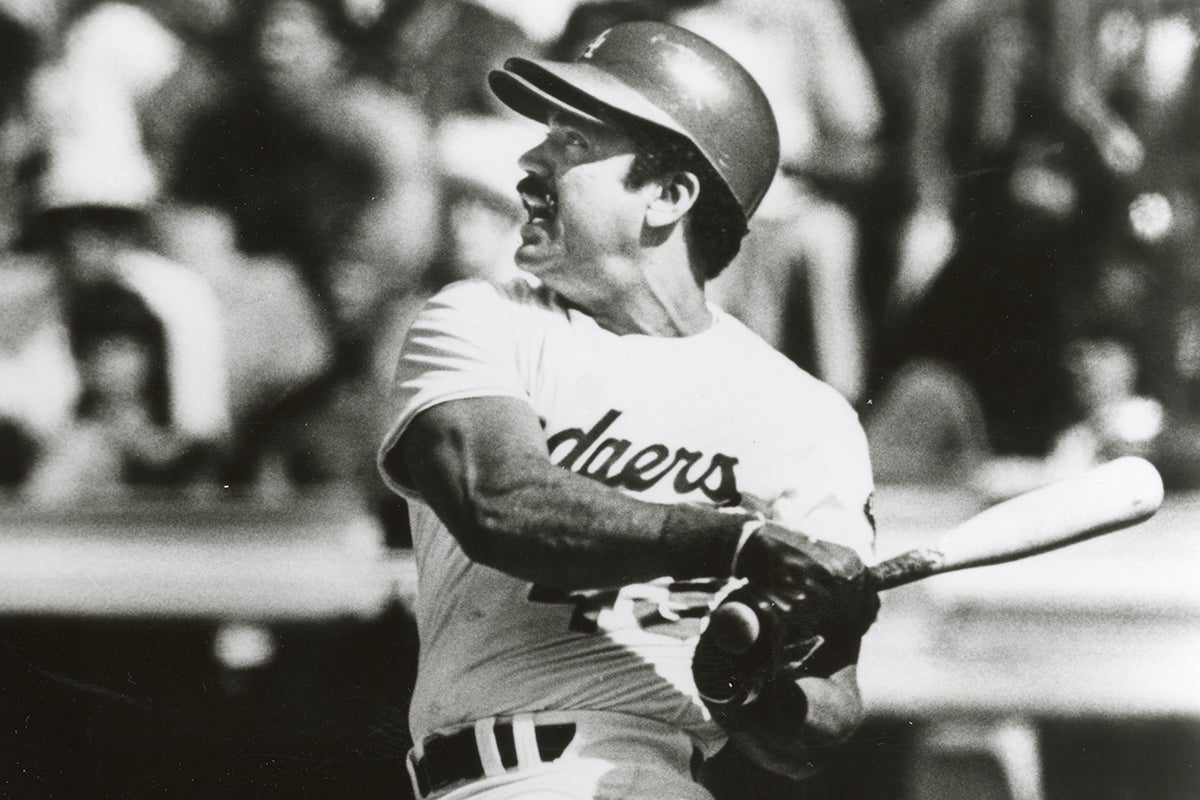
He appeared in his first two career postseason games in the NLCS vs. the Phillies, popping out to first base against Al Holland in the ninth inning of Game 1 and striking out against Holland in the eighth inning of Game 4.
Morales later said that Holland was the toughest pitcher he ever faced.
Morales returned to the Dodgers for his 12th big league season in 1984 but struggled after getting two hits in his first four pinch-hit appearances. He was 3-for-19 when the Dodgers released him on June 7.
Less than two weeks later, Morales signed with the Expos and agreed to go to Triple-A. He hit just .188 in 31 games with Indianapolis, however, and did not play in the majors or minors again.
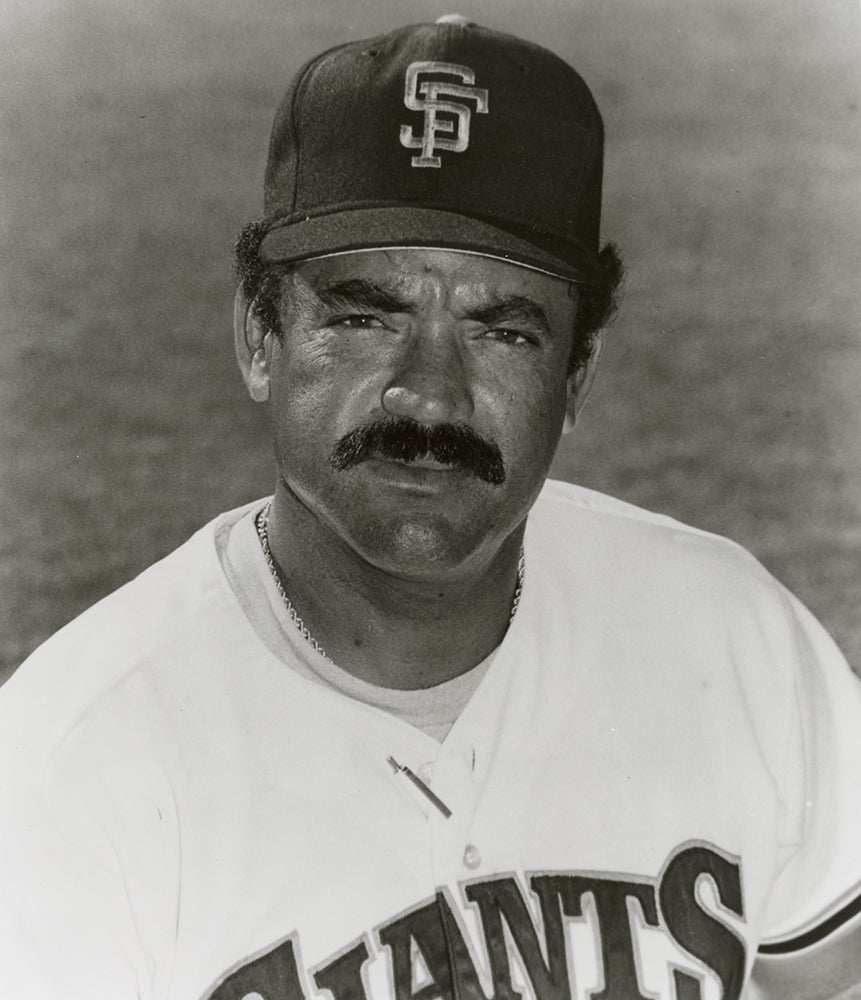
During the winter of 1985-86, Morales began coaching in the Puerto Rican Winter League, where he had starred as a player for two decades. He was soon hired as the San Francisco Giants first base/hitting coach under manager Roger Craig, who was beginning his first full season in 1986. Morales stayed on Craig’s staff through the 1988 season before joining the Indians, where he was on the big league staffs of managers John McNamara and Mike Hargrove from 1990-93.
Morales then served as the Marlins hitting coach from 1995-96 under manager Rene Lachemann. When the Marlins faced the Indians in the 1997 World Series, many of the players in both dugouts were former hitting pupils of Morales.
Overall, Morales posted a .287 batting average in 733 big league games – only 101 of which featured an appearance in the field. He finished his career 123-for-446 (.276) as a pinch hitter with a .324 on-base percentage and remains eighth on the all-time list for career pinch-hits.
Few players were ever as good in their unique role as José Morales.
“It’s a rough role,” Morales said of pinch-hitting. “I go up, I get two strikes on me. I know what I have to do and I say to myself: ‘José, you gotta get your (butt) going now.’ And that’s the way I have to think until I’m running down the first base line or else walking back to the dugout. It’s that simple.
“I’m paid to hit. And I’m proud of my job.”
Craig Muder is the director of communications for the National Baseball Hall of Fame and Museum
